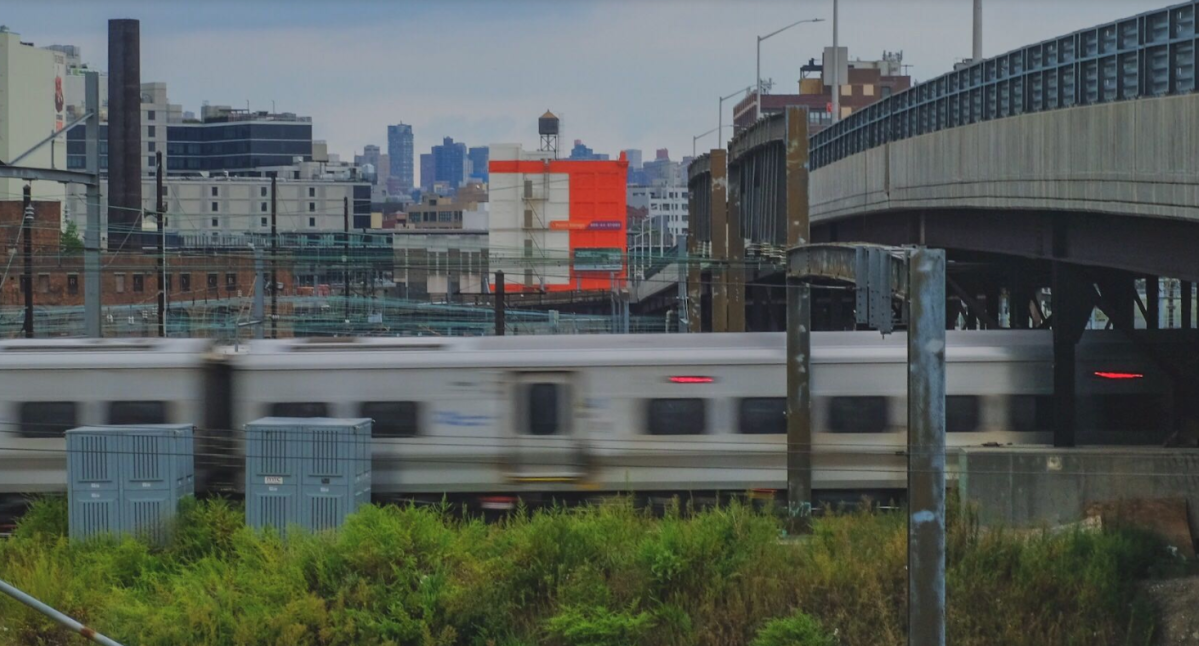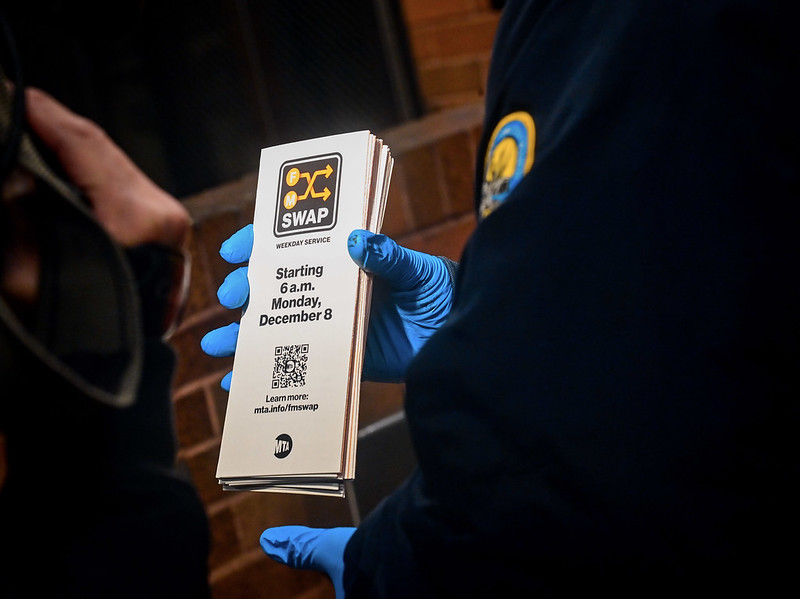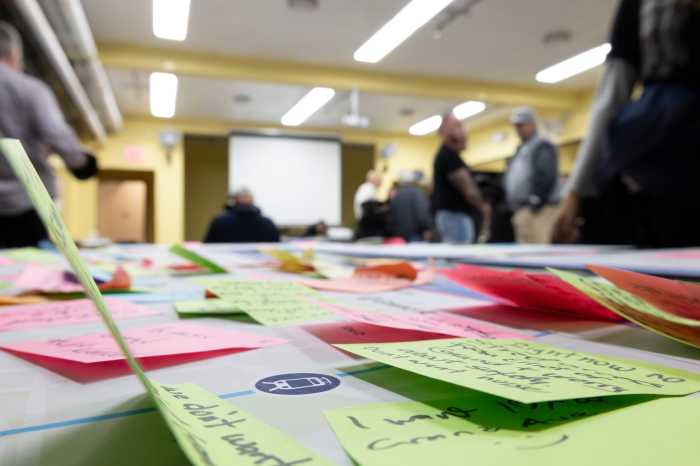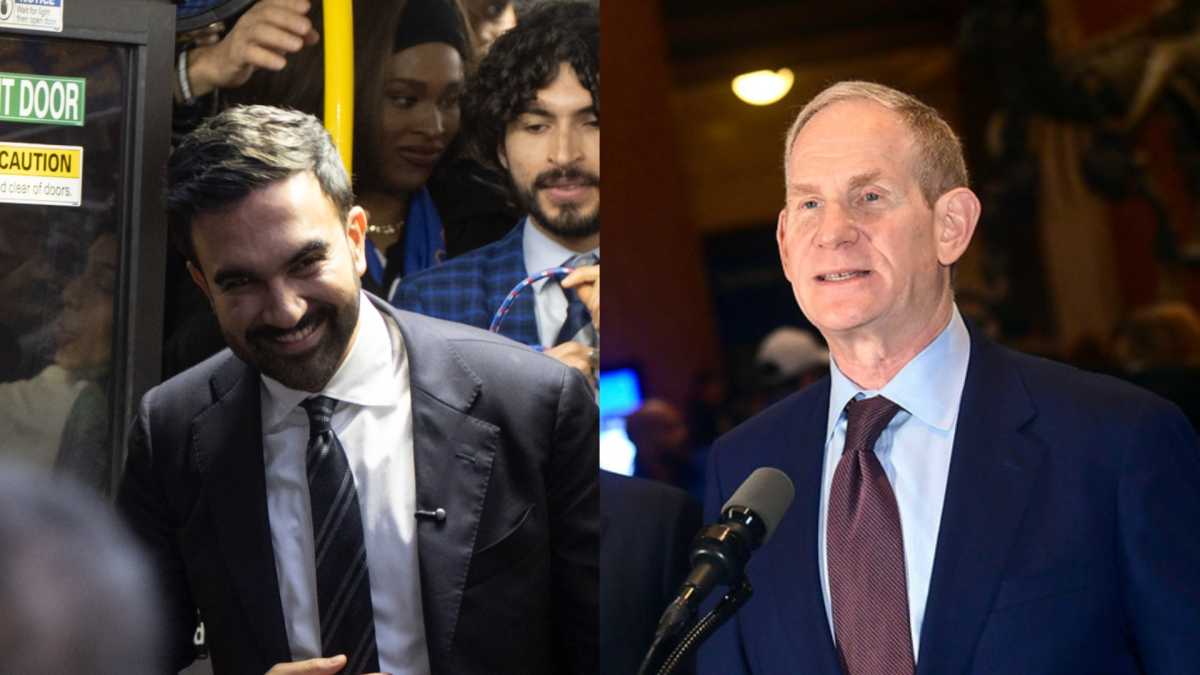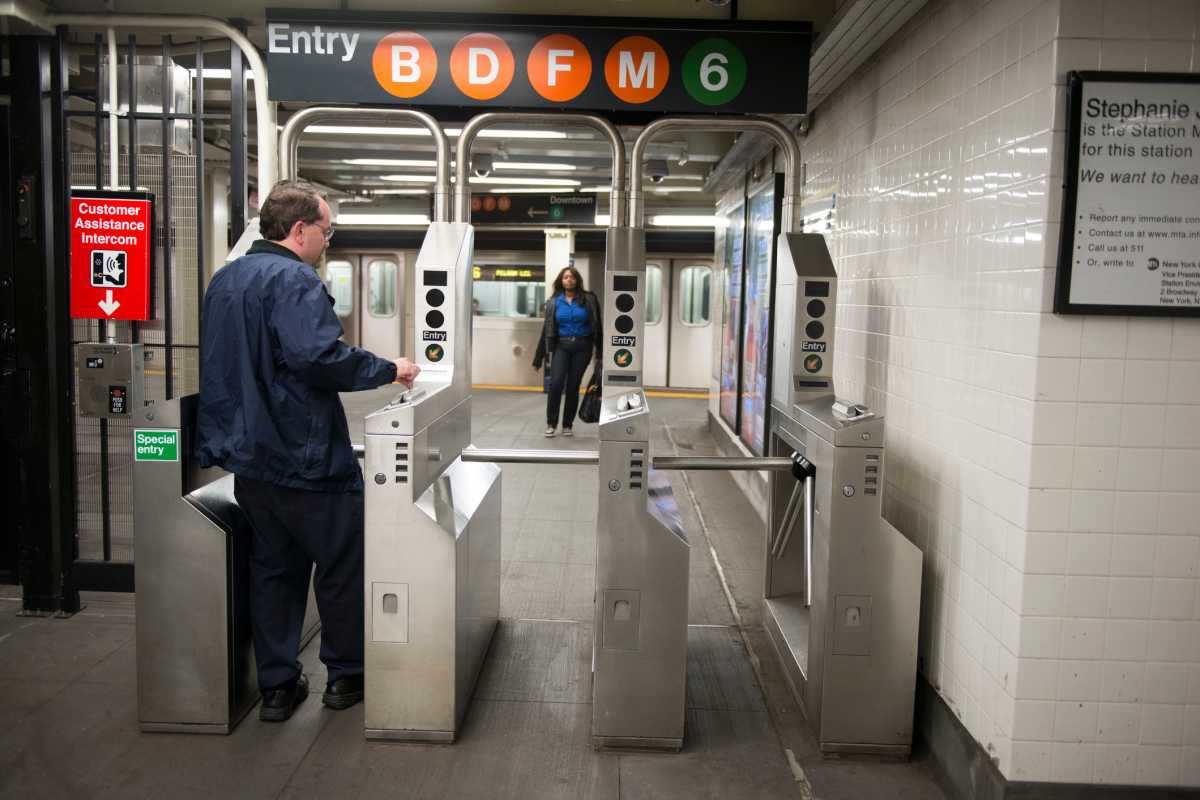Overpriced, too slow, understaffed and far too infrequent: That might be the future of public transit in New York City if the federal government doesn’t deliver the authority $12 billion in emergency aid, MTA officials warned Wednesday.
The officials outlined a contingency plan that MTA Chair and CEO Pat Foye addresses a colossal financial disaster for the MTA. But that plan, if enacted, threatens the overall economic health of the city — because every commuter would need to pay far more for far less.
This nightmare scenario, Foye said, can be avoided only if Congress and the White House procures $12 billion in relief to help the authority recover from the COVID-19 pandemic. The financial gap facing the MTA is so wide, the chair warned, that cost-cutting methods alone aren’t nearly enough to close it.
Without the required aid, straphangers face a fare hike of up to one full dollar for far fewer trains and buses. The plan would require a 40 percent reduction in transit service, and thousands of workers would be laid off.
“In the absence of an extraordinary amount of funding, $12 billion from the federal government to get us through the remainder of 2020 and 2021, we will have no choice but to take the actions outlined today or terrible actions comparable to that. To be clear, there will be no board resolution or board vote today,” Foye said. “Lastly, the MTA does not have and in no reasonable scenario will the agency have other means to close a deficit of this size.”
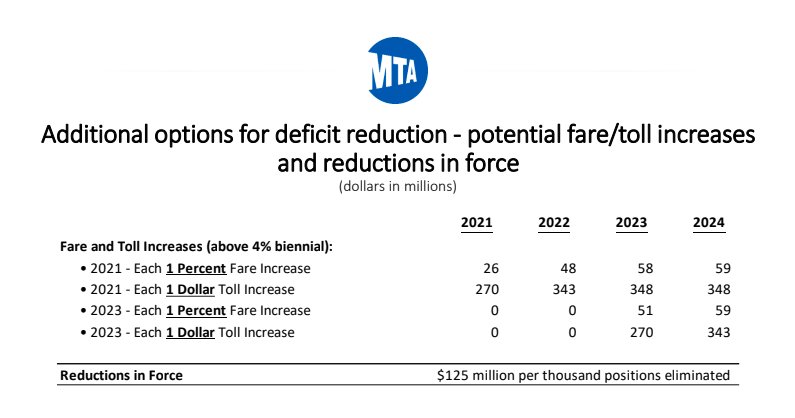
Subway riders could face average wait times of up to eight minutes while Staten Island Railroad commuters will have to wait up to 30 minutes between trains on off-peak hours. Bus headways could increase by 15 minutes.
Jobs could be impacted, permanently, by reductions of up to 7,200 transit personnel and 850 Long Island Rail Road positions. One MTA workers union has already said that won’t happen on their watch.
“Local 100 will fight tooth and nail against layoffs,” Transport Workers Union Local 100 President Tony Utano said. “Transit workers put this city and state on their backs and carried them through the deadly pandemic, risking their own health and lives. Thousands became sick and more than 131 of us died. Layoffs would be an unimaginable shameful betrayal. The MTA has other options.”
LIRR and Metro-North could face service cuts of up to 50 percent, leaving customers waiting up to an hour on more heavily used lines and 120 minutes on lesser-used generating a savings of $160 million. One of the lines could be cut entirely.
Dedicated capital funding from the Internet Sales Tax and the Mansion Tax could be used to support the MTA’s operations, with permission from the state Legislature.
“We just cannot reduce out expenses quickly enough and significantly enough to offset the 40 percent reduction in revenues we have experienced and will continue to experience,” MTA Chief Financial Officer Robert Foran said.
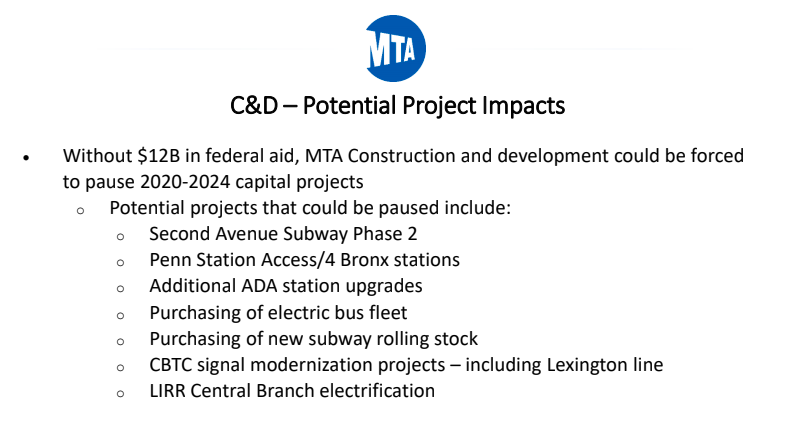
Governor Andrew Cuomo spared no word in expressing how dire the already disastrous situation has become in a press call, calling the situation “a shotgun blast” in the MTA dike.
“It would be a financial catastrophe for the state of New York and there wouldn’t be one hole in the dike called the MTA, there would be 50 holes. It will be a shotgun blast at the dike, and you couldn’t possibly fill all the holes, right?” Cuomo said. “We’re not anticipating a situation where the MTA is the only thing not funded. There are 30 items in that fed legislation. And it means none of the 30 would have been funded, and there is no way, if you increased taxes to the highest level in the country through the highest level ever established, you wouldn’t come near the amount of money needed to fill the holes.”
The steps described at Wednesday’s special meeting will be decided at another meeting later in the year, according to Foye.
This is a developing story, check back for updates.

